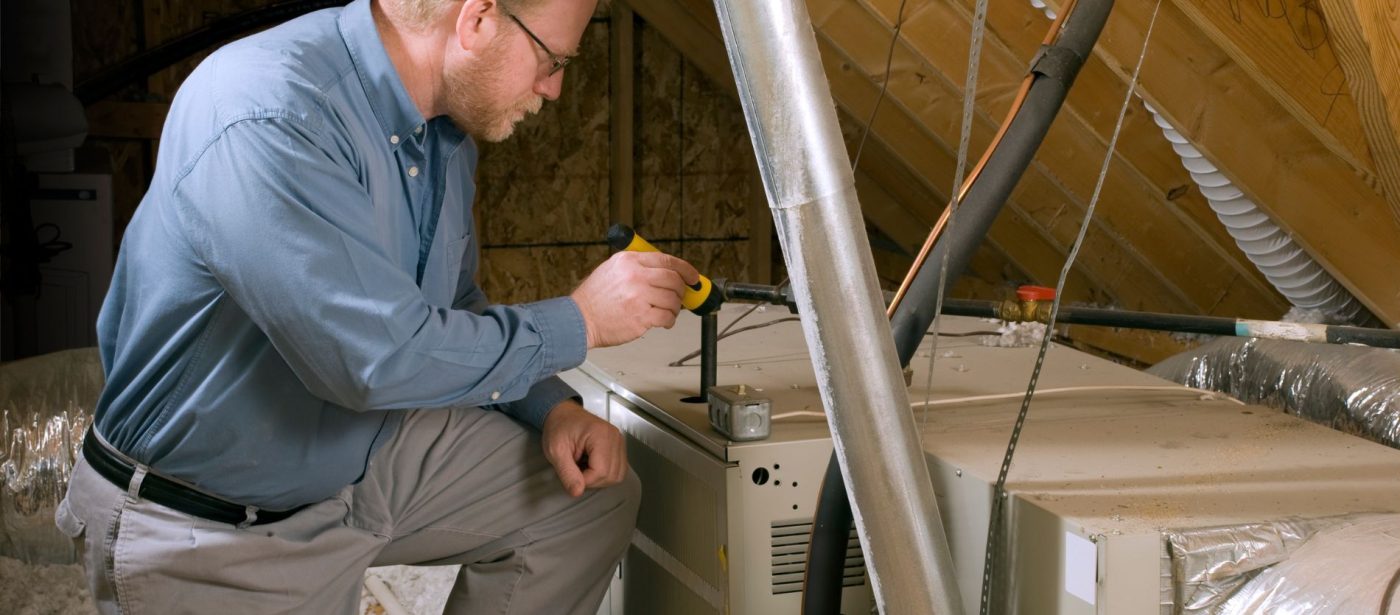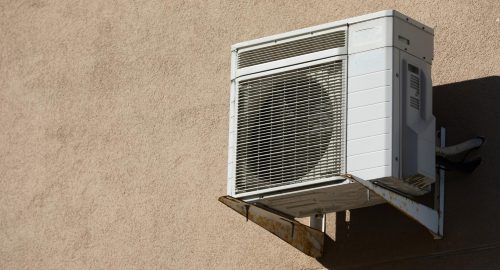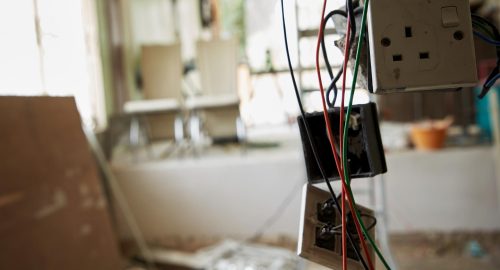Winter can be a challenging time for homeowners, especially when furnace problems arise. A well-functioning furnace is crucial for maintaining a comfortable and safe home environment during the colder months. When a furnace breaks down, it can lead to discomfort and even health risks due to the cold. Understanding common furnace problems and how to address them can help you stay warm and secure.
Identifying Common Winter Furnace Problems
Winter puts extra stress on your furnace, making it more prone to specific issues. Being aware of these common problems can help you take quick action and avoid prolonged discomfort.
1. Ignition Problems: One of the most frequent issues is ignition failure. This can occur due to a faulty pilot light or an electronic ignition system failure. When the ignition system is compromised, the furnace can’t produce heat, leaving your home cold.
2. Clogged Filters: A clogged air filter restricts airflow, causing the furnace to overheat and shut down. It also forces the furnace to work harder, leading to increased energy consumption and potential damage to other components.
3. Thermostat Malfunctions: When the thermostat isn’t working properly, the furnace may not receive the signal to turn on or off. This can result in uneven heating or no heating at all.
4. Blower Motor Issues: The blower motor is responsible for circulating air throughout your home. If the motor is faulty or damaged, it can lead to weak airflow, reducing the furnace’s efficiency and your home’s comfort.
5. Carbon Monoxide Leaks: Cracks in the heat exchanger can lead to carbon monoxide leaks, posing serious health risks. This is a critical issue that requires immediate attention and professional intervention.
Recognizing these common problems allows you to address them promptly, ensuring your furnace operates efficiently throughout the winter.
DIY Troubleshooting for Minor Furnace Issues
Some furnace issues can be resolved with basic troubleshooting, saving you the time and expense of a service call. Here are some DIY solutions for minor problems:
1. Check the Thermostat: Ensure the thermostat is set to “heat” and the temperature is set higher than your current room temperature. Replace the batteries if necessary and make sure the settings are correct.
2. Replace Air Filters: Dirty or clogged filters can cause the furnace to malfunction. Replace or clean the filter every 1-2 months to maintain efficient airflow and prevent overheating.
3. Inspect the Circuit Breaker: Sometimes, the furnace may not turn on due to a tripped circuit breaker. Check the electrical panel and reset the breaker if it has tripped. If it trips frequently, consult our professionals to identify the underlying issue.
4. Check the Pilot Light: For older furnaces with a pilot light, ensure it is lit. Follow the manufacturer’s instructions to relight it if necessary. For electronic ignition systems, make sure the gas supply is on, and the system is free of debris.
5. Clear Blocked Vents: Make sure that all air vents and registers are clear of obstructions. Blocked vents can restrict airflow and cause your furnace to work harder.
6. Reset the Furnace: Some furnaces have a reset button. If the furnace stops working, try pressing the reset button to restart it. Consult the owner’s manual for specific instructions.
These simple troubleshooting steps can often resolve minor furnace issues, restoring warmth and comfort to your home quickly. If problems persist, it’s crucial to seek professional help to avoid further damage.
When to Call Our Professionals
Certain furnace problems require professional intervention to ensure safety and effective repairs. Knowing when to call our professionals can prevent minor issues from escalating into costly repairs. Here are situations where professional help is essential:
1. Persistent Thermostat Issues: If you’ve checked the thermostat settings and replaced the batteries but still experience issues, it’s time to seek professional help. There may be deeper wiring problems that need expert attention.
2. Frequent Cycling: If your furnace cycles on and off frequently, it could indicate a serious problem with the blower motor, air filter, or thermostat. Continuous cycling can lead to higher energy bills and increased wear on your furnace.
3. Unusual Noises: Sounds like banging, clanking, or screeching are signs that something is wrong with your furnace. These noises could come from loose components, a failing motor, or issues with the blower.
4. Carbon Monoxide Alarm: If your carbon monoxide detector goes off, turn off the furnace immediately and call our professionals. This is a serious issue that requires immediate attention to ensure your family’s safety.
5. Yellow Pilot Light: A yellow or flickering pilot light may indicate the presence of carbon monoxide. The pilot light should be blue. If it isn’t, call our professionals to inspect and resolve the issue.
6. Inadequate Heating: If some rooms are warm while others are cold, or if the furnace can’t maintain the desired temperature, consult our professionals. This could be due to ductwork issues or problems with the furnace itself.
Calling in our professionals when these issues arise helps ensure your furnace operates safely and efficiently, providing peace of mind during the winter months.
Preventive Measures for Furnace Maintenance
Regular maintenance can prolong the life of your furnace and reduce the likelihood of unexpected breakdowns. Here are some preventive measures to keep your furnace running smoothly:
1. Schedule Annual Inspections: An annual inspection by our technicians can identify and resolve potential issues before they become major problems. Routine checks ensure your furnace is operating at peak efficiency.
2. Replace Air Filters Regularly: Change your furnace filters every 1-2 months during the heating season. Clean filters improve airflow, enhance efficiency, and reduce strain on the furnace.
3. Clean the Furnace Area: Keep the area around your furnace clean and free from obstructions. Remove dust, debris, and any flammable materials to ensure safe and efficient operation.
4. Check the Flue: Ensure the furnace flue is clear of obstructions, such as nests or debris, which can block exhaust flow. A clear flue helps in safely venting out harmful gases.
5. Test the Thermostat: Periodically test your thermostat to ensure it’s accurately reading the temperature and effectively communicating with your furnace. Replace it if it’s outdated or malfunctioning.
6. Seal Ductwork: Inspect ductwork for leaks or gaps and seal them to improve heating efficiency. Properly sealed ducts reduce heat loss and ensure even heating throughout your home.
By following these preventive measures, you can maintain your furnace’s efficiency and longevity, reducing the need for frequent repairs and ensuring a warm home during the colder months.
Conclusion
Proper furnace maintenance and timely repairs are essential for keeping your home warm and safe during winter. Understanding common furnace issues, knowing when DIY troubleshooting is appropriate, and recognizing when to call our professionals can save you both stress and money. Preventive measures further ensure that your furnace operates at its best, reducing the chance of unexpected breakdowns.
If your furnace is experiencing issues or if you need a professional inspection, Stafford Home Service Inc is here to help. Our skilled technicians ensure your furnace runs efficiently and safely. Contact us today to schedule your furnace repair in Minnetonka!








